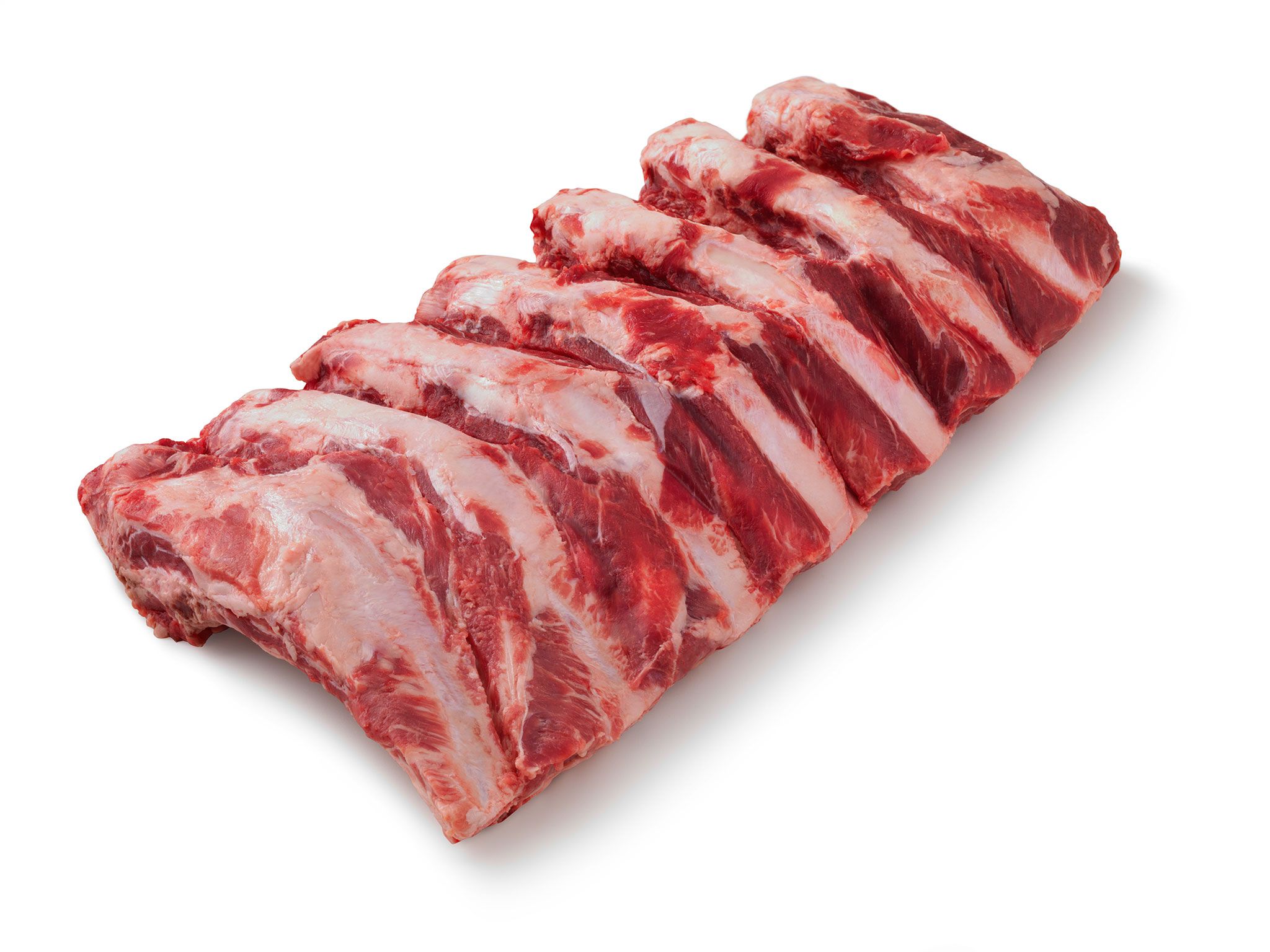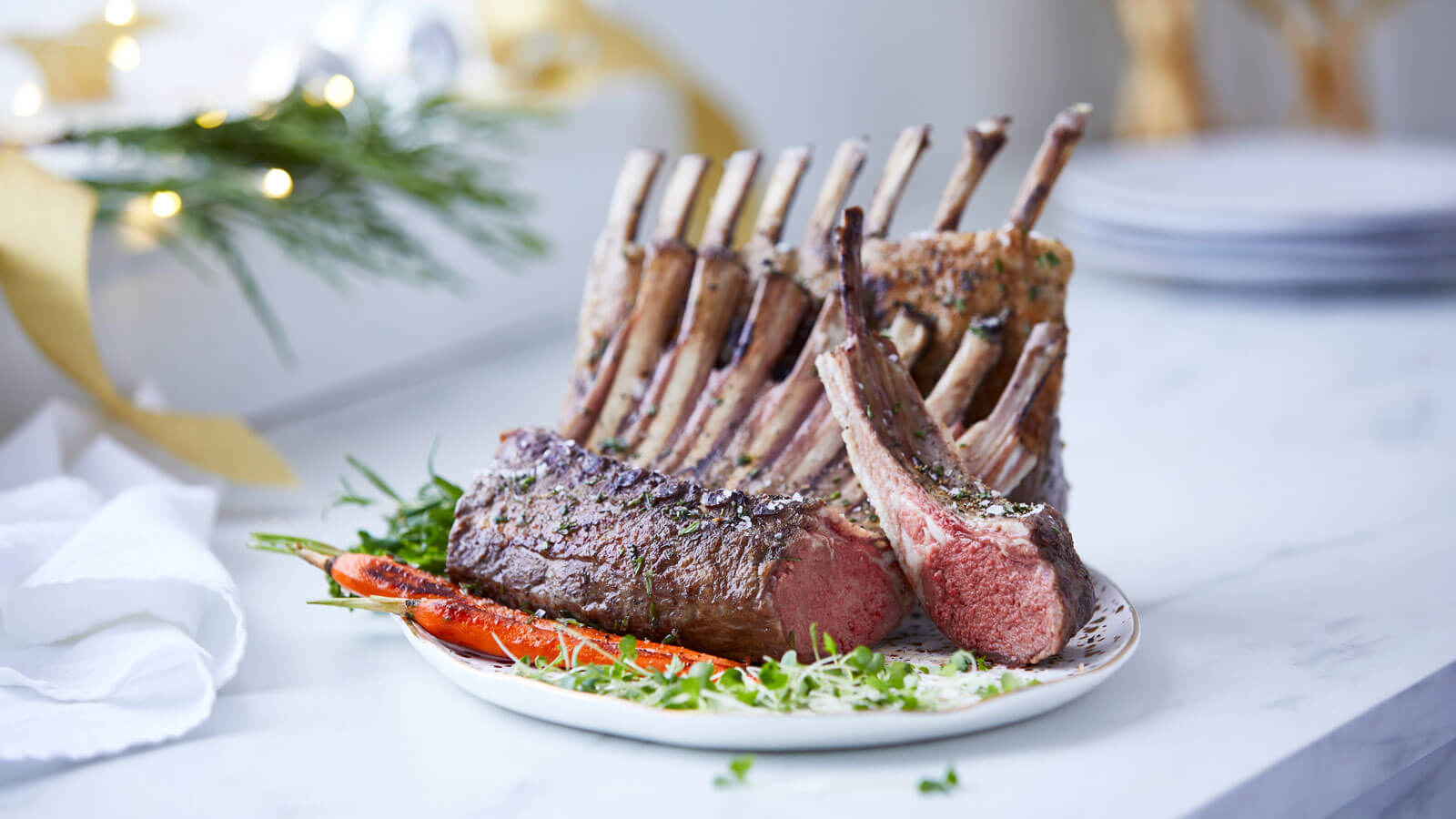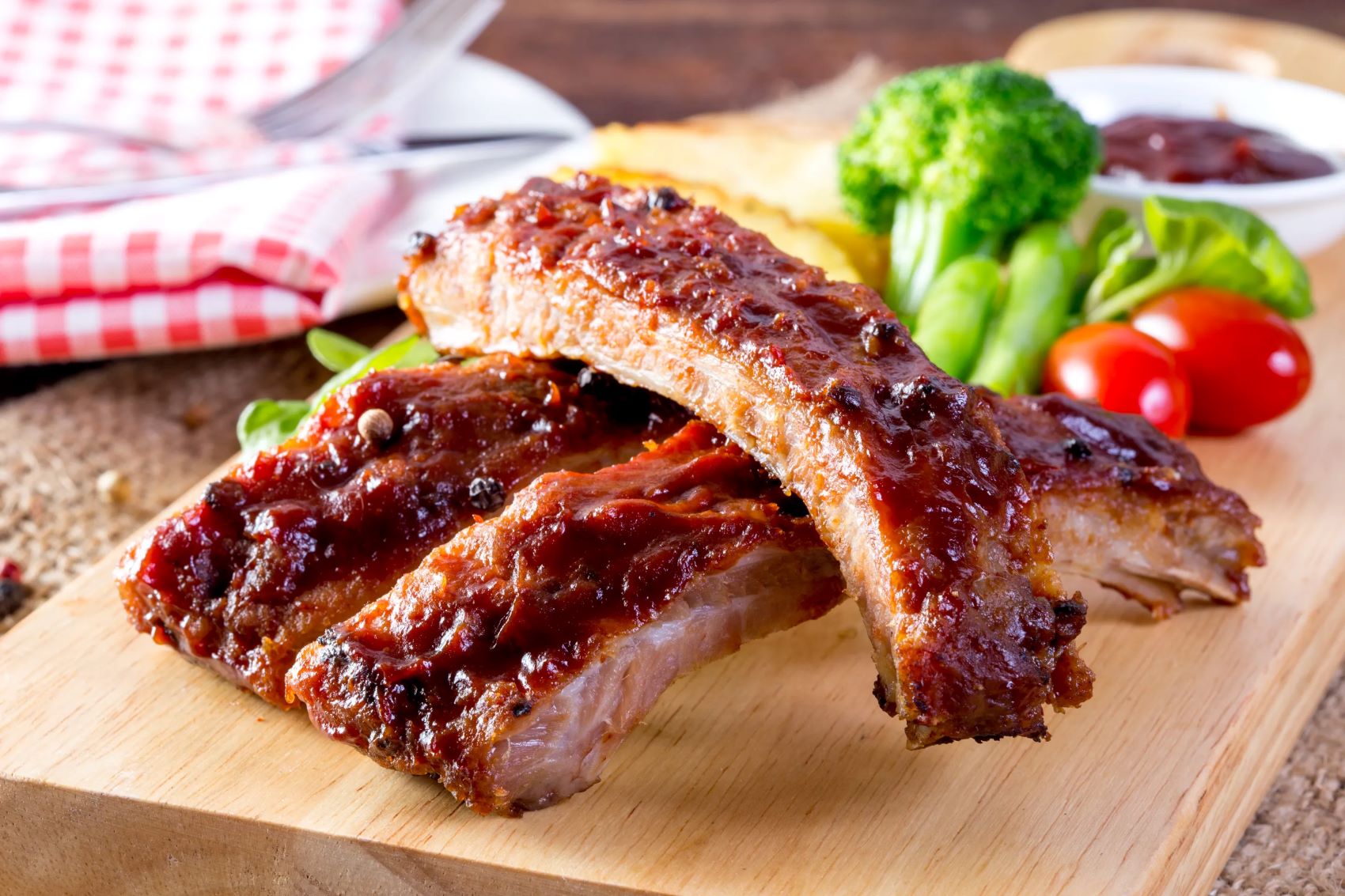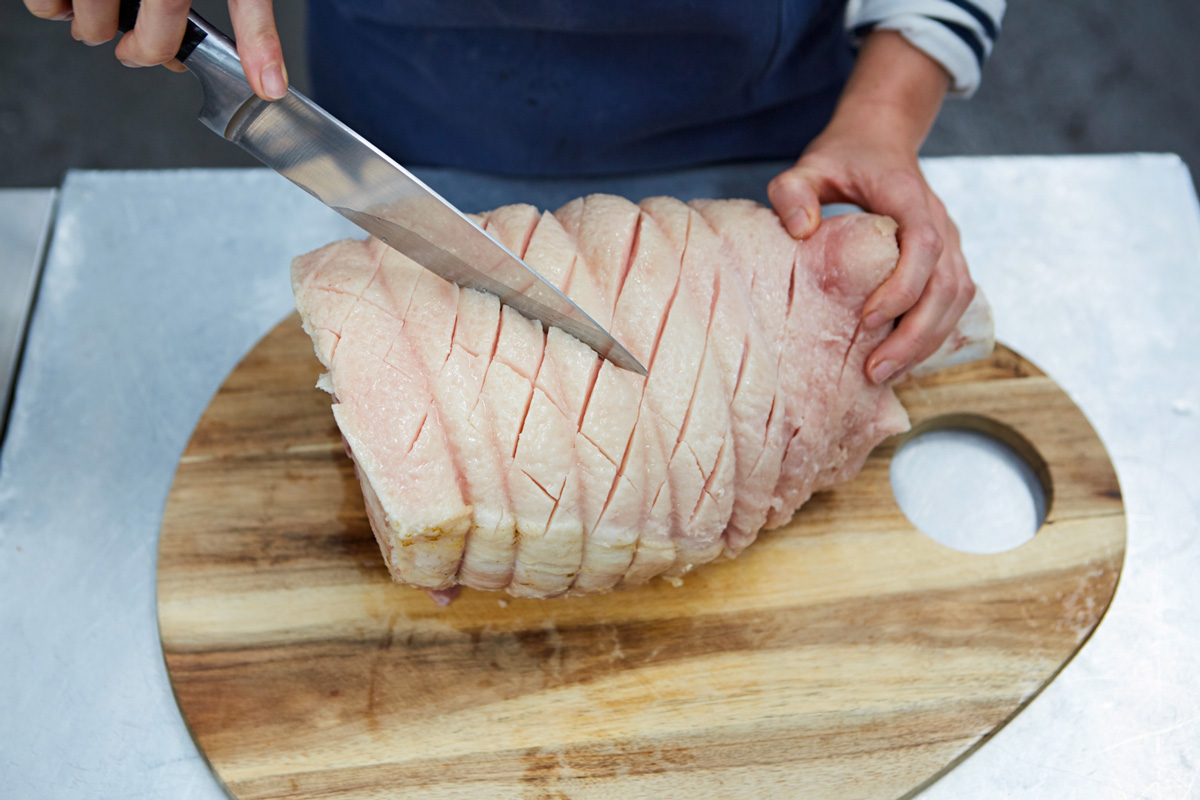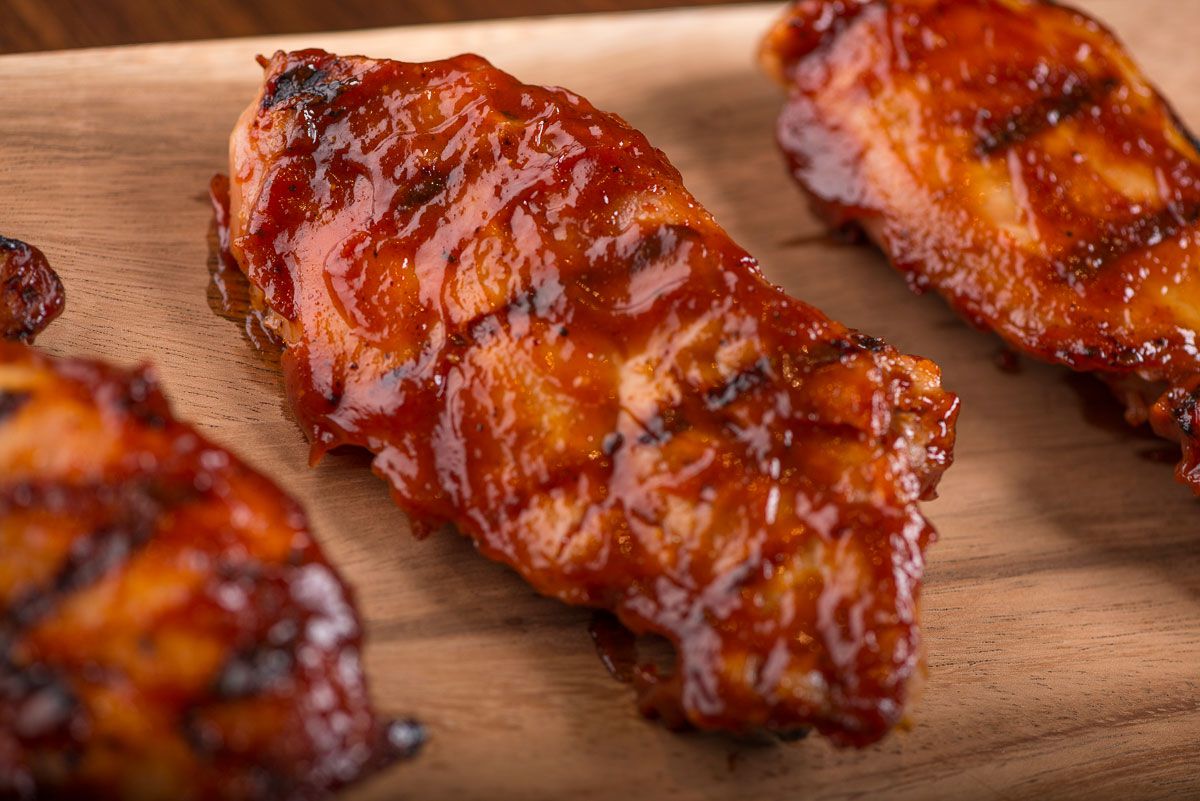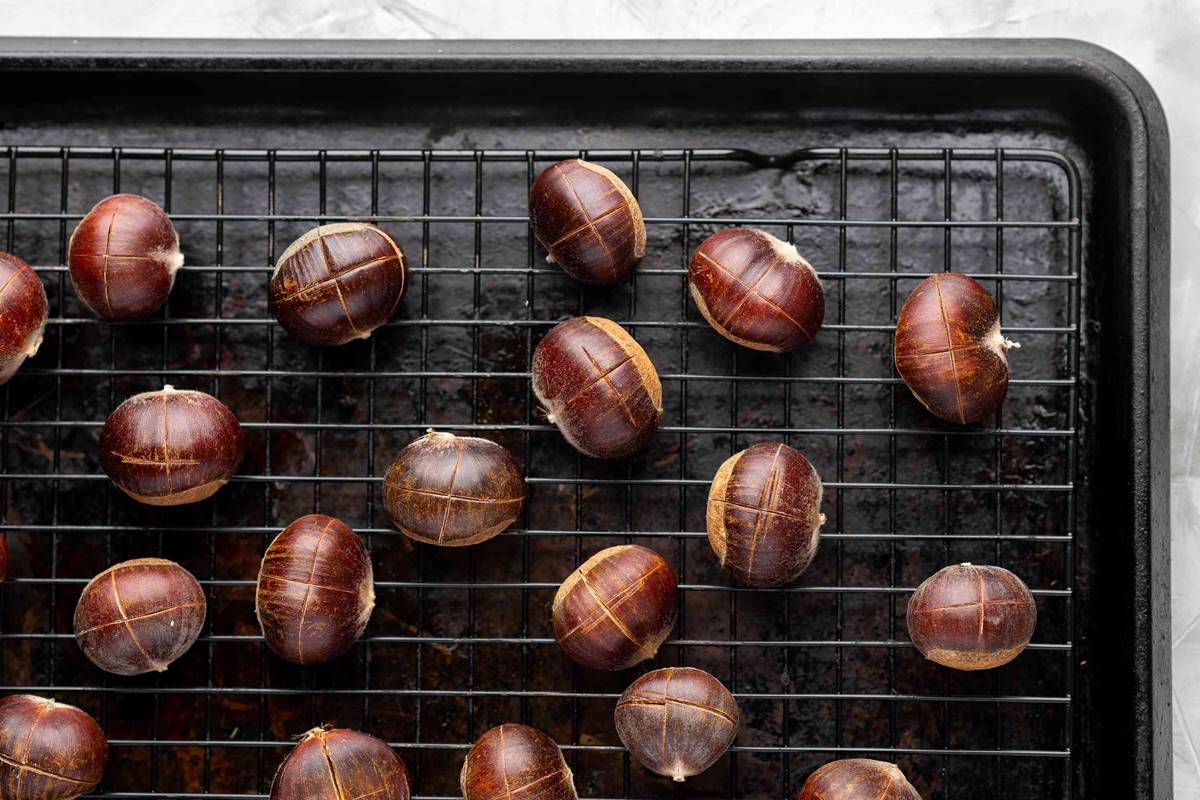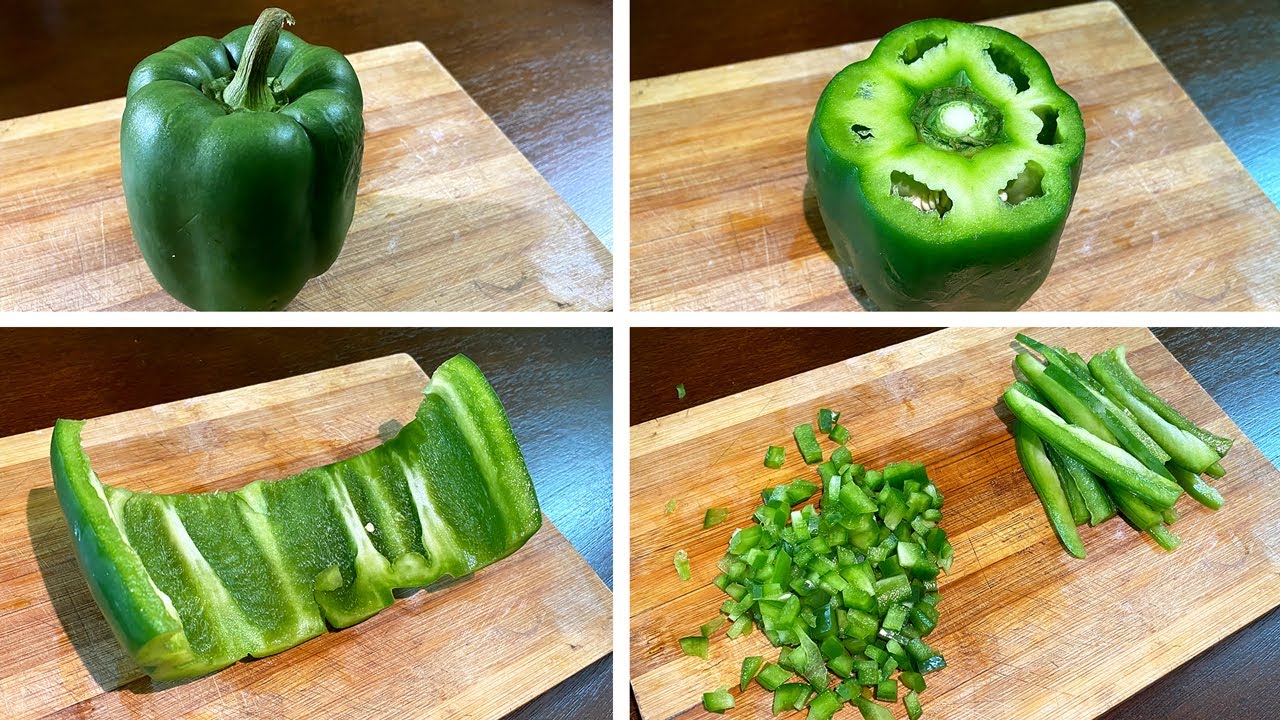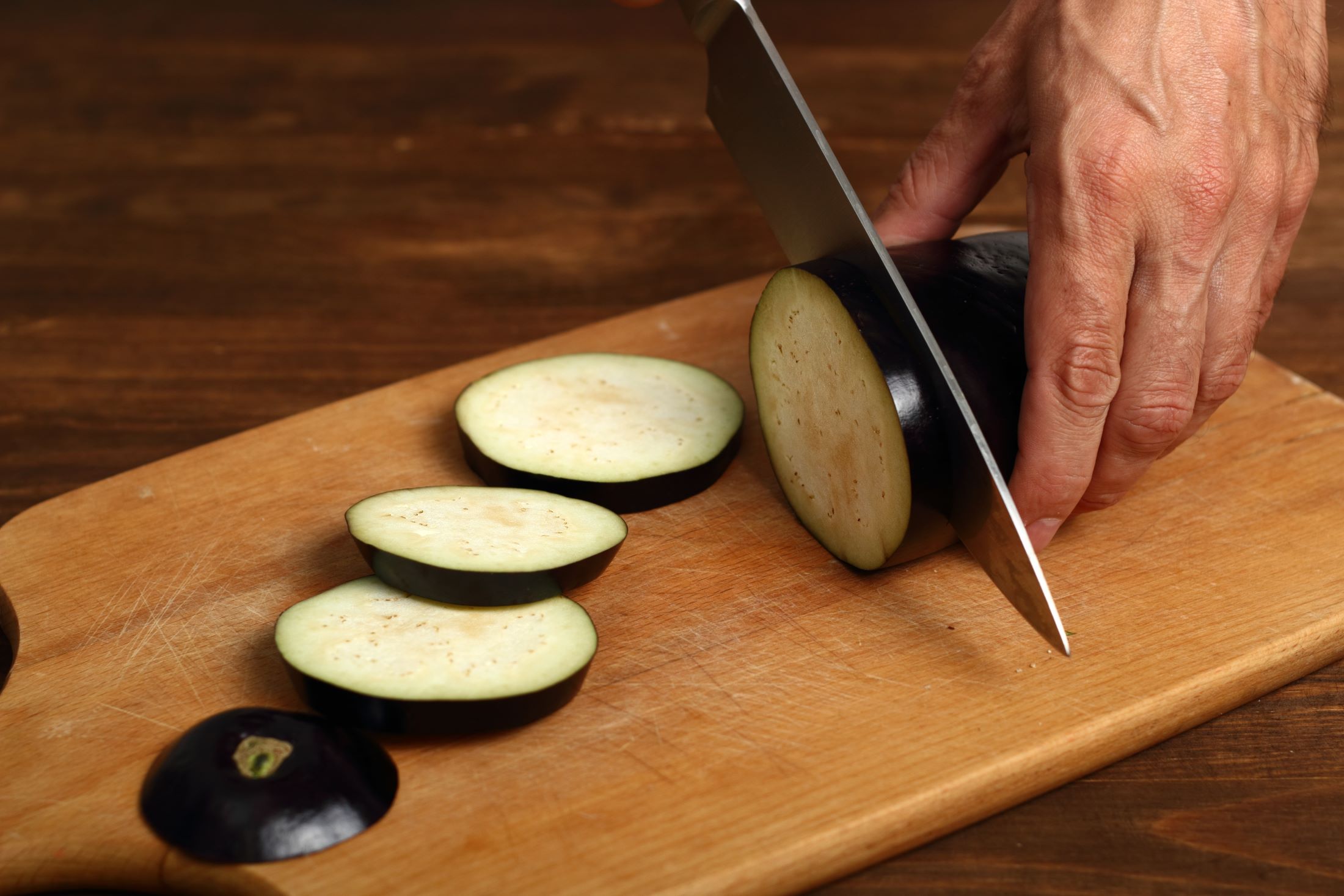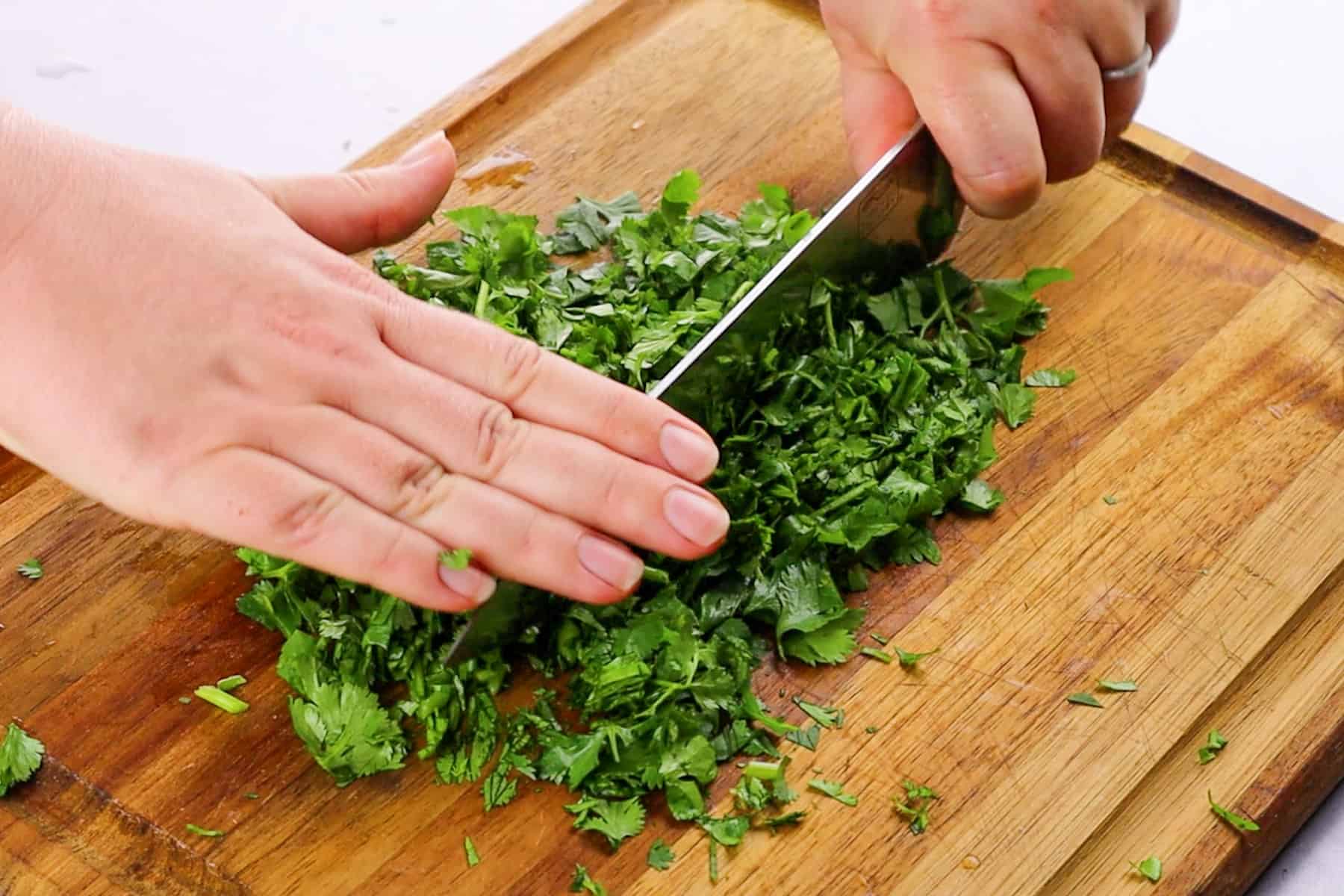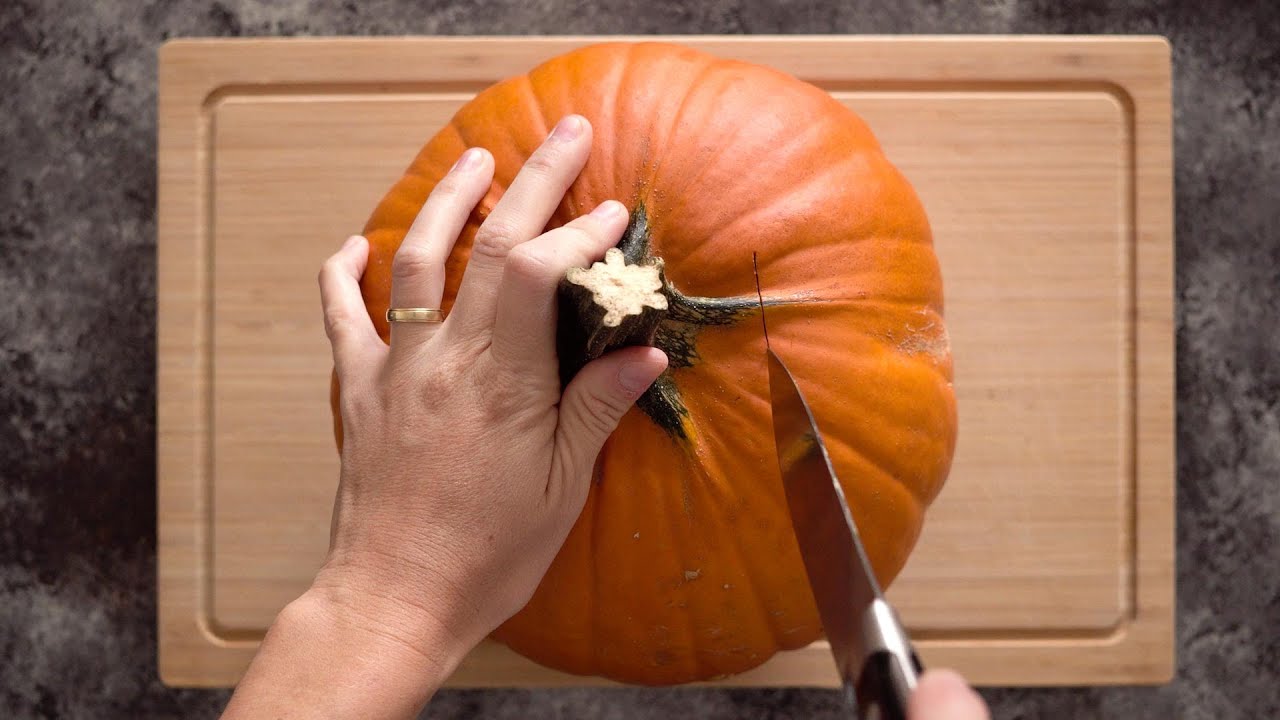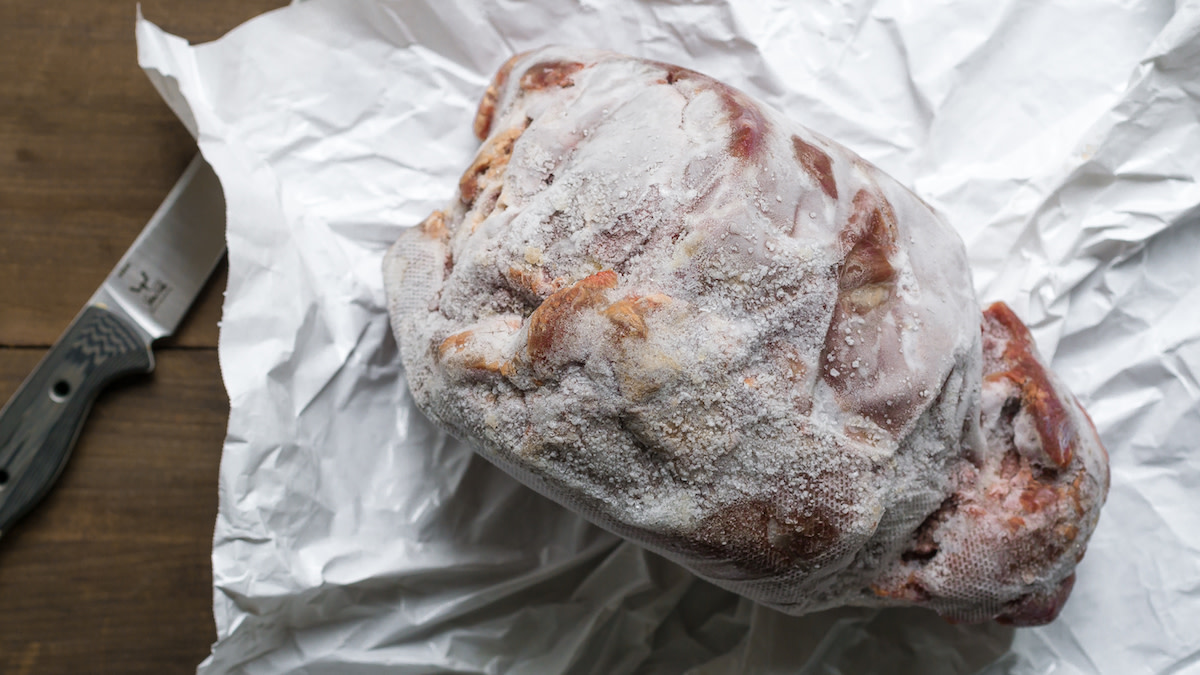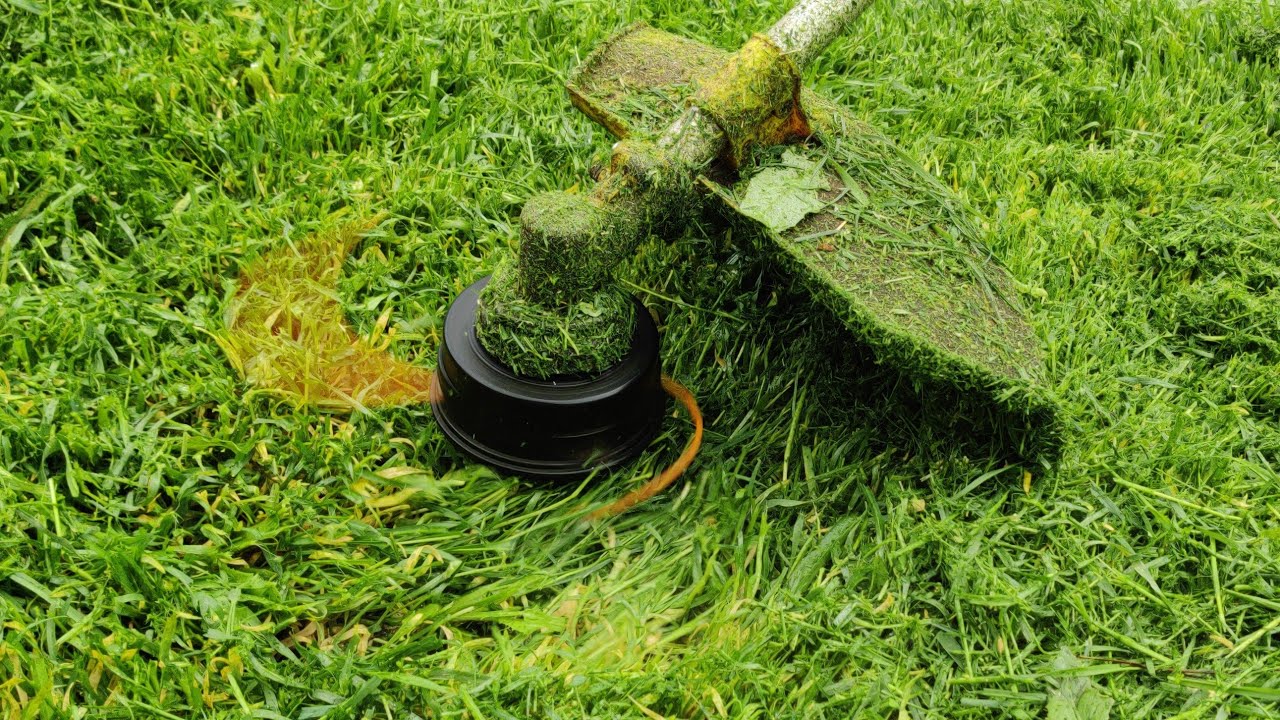Cutting pork ribs might seem tricky at first, but with a bit of guidance, anyone can master this skill. Whether you're preparing baby back or spare ribs, the process involves identifying the meaty sections and the less desirable parts, like the membrane that should be removed for a tender bite. A sharp knife and a steady hand are your best tools. This guide will walk you through the steps, ensuring your ribs are perfectly portioned for grilling, smoking, or baking. Ready to transform your pork ribs from slab to sensational? Let's get started.
Essential Ingredients for Perfect Pork Ribs
- Full rack of pork ribs
- Sharp knife
- Cutting board
- Paper towels
Must-Have Tools for Cutting Pork Ribs
- Sharp Chef's Knife
- Cutting Board
- Paper Towels
- Meat Thermometer (optional, for checking doneness if cooking immediately after cutting)
- Butcher's Twine (optional, for tying up rib racks if desired)
For cutting pork ribs, locate the membrane on the bone's underside. Gently slide a knife under to loosen, then pull it off. Cut between bones using sharp kitchen shears for precise portions.
The Art of Cutting Pork Ribs: Why It Matters
Cutting pork ribs properly is essential for cooking and presentation. Mastering this technique ensures ribs cook evenly, resulting in tender, flavorful meat. It also allows for better seasoning penetration, enhancing the overall taste.
Understanding how to navigate through the rib bones and connective tissues is crucial. This knowledge helps avoid waste, ensuring every piece of meat is utilized efficiently. Properly cut ribs lead to a more enjoyable eating experience, showcasing the chef's skill and respect for the ingredient.
Mastering Pork Ribs: A Step-by-Step Guide
Step by Step Guide to Cutting Pork Ribs
-
Select Your Ribs: Choose either baby back ribs or spare ribs depending on your preference. Baby backs are leaner and cook faster, while spare ribs are larger and have more fat.
-
Prepare Your Workspace: Clean your cutting board and have a sharp knife ready. A boning knife or a butcher knife works best for this task.
-
Remove the Packaging: Take the ribs out of their packaging. Rinse them under cold water if you prefer, and pat them dry with paper towels.
-
Identify the Membrane: Look for a shiny, white layer on the bone side of the ribs. This is the membrane you'll need to remove for tender ribs.
-
Remove the Membrane: Start at one end of the rack. Slide a knife under the membrane to loosen it. Grab the membrane with a paper towel for a better grip and pull it off in one piece if possible.
-
Trim the Excess Fat: Look over the meat side of the ribs and trim off any large, loose pieces of fat. Don't remove all the fat, as it adds flavor and helps keep the ribs moist during cooking.
-
Separate the Ribs: If you're working with spare ribs, you may want to cut them down into smaller sections. Find the natural divisions between the ribs and slice through them with your knife.
-
Cut Individual Ribs: For serving, you can cut between each rib bone. Place the rack meat-side down on your cutting board to make slicing easier.
-
Square Off Spare Ribs (Optional): Some cooks like to trim spare ribs into a more rectangular shape, removing the cartilage and meat flap. This is called St. Louis Style and makes for a more uniform cooking experience.
-
Check for Bone Fragments: After cutting, quickly inspect the ribs for any small bone fragments or splinters that could pose a choking hazard.
Following these steps will help ensure your pork ribs are prepared properly for cooking. Whether you're grilling, smoking, or baking, starting with well-prepared ribs is key to a delicious result.
Mastering the Art of Pork Rib Preparation
Cutting pork ribs doesn't have to be a daunting task. With the right tools, a bit of patience, and a steady hand, you can easily prepare ribs that are ready for the grill, oven, or smoker. Remember, choosing the right type of ribs, understanding the structure, and deciding on the style of cut are crucial steps. Whether you're aiming for St. Louis-style or baby back ribs, the key is in removing the membrane, cutting evenly, and handling the ribs with care to ensure maximum flavor and tenderness. Practice makes perfect, and soon, you'll be cutting ribs like a seasoned chef, ready to impress at your next barbecue. So, grab your knife, get familiar with your ribs, and start slicing your way to delicious, mouth-watering dishes that will have everyone asking for seconds.
For those eager to master the art of cutting pork ribs, there are a variety of recipes to apply this newfound skill. Start with the Classic BBQ Pork Ribs for a timeless favorite, or try the Honey Garlic Glazed Ribs for a sweet and savory twist. If you're in the mood for something with a bit more kick, the Smoky Chipotle Ribs are an excellent choice. For a taste of the South, the Memphis-Style Dry Rub Ribs offer a flavorful, spice-laden experience. Those looking to venture into international flavors should not miss the Korean BBQ Ribs, which bring a unique blend of sweet and spicy. If you're a fan of rich, complex flavors, the Maple Bourbon Ribs are sure to impress. For a tropical flair, give the Pineapple Teriyaki Ribs a try. Spice lovers will appreciate the Cajun Spiced Ribs, while coffee aficionados can enjoy the unique Coffee Rubbed Ribs. Lastly, for those who love bold, island flavors, the Jamaican Jerk Ribs are a must-try.
All Your Questions About Pork Ribs Answered
How do I choose the right type of pork ribs for my recipe?
When picking out pork ribs, consider the dish you're planning. For juicy, tender results, baby back ribs are your best bet due to their lean meat. If you're aiming for a heartier, more flavorful dish, spare ribs or St. Louis style ribs might be more up your alley, offering more meat and fat. Always look for ribs with a good meat-to-bone ratio and avoid those with too much surface fat.
What's the best way to cut pork ribs before cooking?
Start by laying your ribs bone-side up on a stable cutting surface. Use a sharp knife to remove the membrane, making them more tender. For baby back ribs, you might want to cut them into smaller portions, maybe two to three ribs per section, for easier handling and serving. With spare ribs, cutting them down into St. Louis style involves trimming off the excess cartilage and breastbone, resulting in a more uniform cooking experience.
Can I cut pork ribs after cooking, or should it always be done beforehand?
While pre-cutting is common, slicing pork ribs after they're cooked is perfectly fine and often preferred for presentation. After cooking, let them rest for a few minutes; then, slice between the bones. This method ensures each piece is juicy and tender.
What tools do I need to properly cut pork ribs?
A sharp, sturdy knife is crucial for cutting through the meat and around the bones efficiently. A boning knife works well for removing the membrane, while a larger chef's knife or a meat cleaver can handle cutting the ribs into portions. Also, having a cutting board with a good grip will keep things stable and safe.
Is there a trick to removing the membrane easily?
Indeed, there is! Start at one end of the rack, and slip a knife under the membrane to loosen it. Grab a paper towel for a better grip, then pull the membrane away from the bones in one smooth motion. If it tears, no worries—just start again from another spot. Removing the membrane ensures your ribs are less chewy and more flavorful.
How do I ensure my pork ribs are evenly cut for consistent cooking?
Consistency is key for even cooking. When cutting your ribs, aim to make each piece similar in size. Use the bones as your guide, cutting between them to ensure each section has an equal amount of meat. For larger racks, consider cutting them in half to manage easier on the grill or in the smoker.
Any tips for cutting pork ribs for a large group?
When feeding a crowd, consider spare ribs or St. Louis style ribs as they offer more meat per rack. Pre-cutting into individual ribs or smaller sections can make serving more straightforward. Also, cooking in batches will keep everyone happy and ensure no one's waiting too long for their share.
Was this page helpful?
Read Next: How To Cut Baby Back Ribs
